When it first appeared at the 1966 Geneva Motor Show, the Miura P400 created almost as much of a stir as the first showing of Picasso’s Les Demoiselles d’Avignon in 1916. The world’s first ever supercar was not only a creation of astonishing, hand-built beauty but also a confection of undreamt-of engineering. Capable of 175mph and 0-60mph in 6.7 seconds, making it the fastest production car in existence, the Miura drew on and advanced the technical set-up of Ford’s Le Mans-winning GT40; but the Miura’s home-grown V12 engine with six Weber carburettors was transversely mounted behind the passengers, and effectively merged with the transmission and differential to save space. Jaws dropped on all sides. Aston Martin’s wonderful DB4 and Jaguar’s glorious E-Type had first appeared only a handful of years before, yet the Miura made them both look antediluvian.
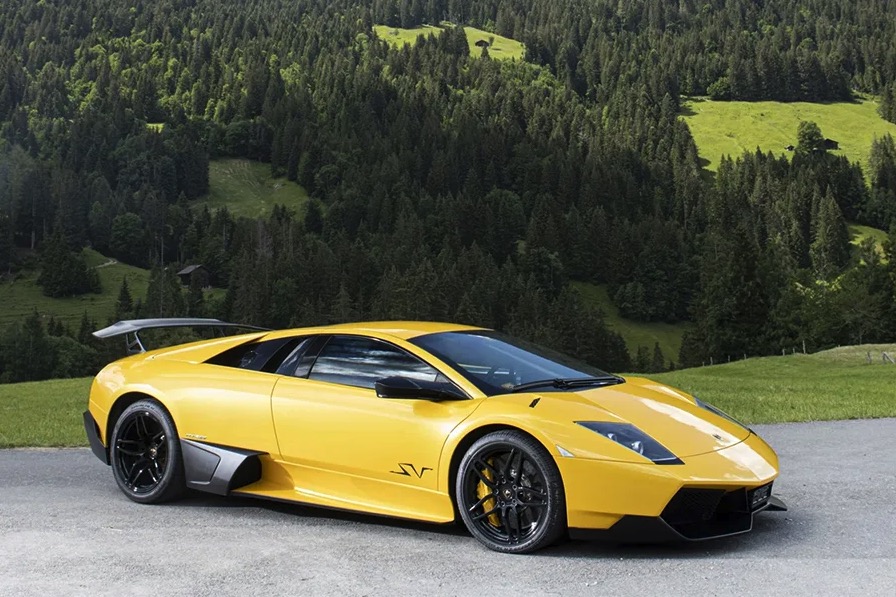
These revolutionary innovations were the work of three Lamborghini engineers, led by Gian Paolo Dallara, who had worked in their own time, after office hours, to compose their automotive beau ideal.
The firm’s founder Ferruccio Lamborghini – son of a farmer and formerly a manufacturer of tractors – had little enthusiasm for what was, effectively, a two-seater racing car for the road. Though he was a Ferrari owner himself, Ferruccio preferred to sell grand touring cars after the manner of France’s Facel Vega. Viewing the Miura as not much more than a loss-leader, he consented to the development project chiefly because he believed it might become a useful promotional tool for the company’s mainstream products. In a nod to Ferrucio’s enthusiasm for the corrida, the car’s creators named it Miura after the famous lineage of fighting bulls.
What entranced customers, however, was Georgetto Giugiaro and Marcello Gandini’s design for the Miura’s body. Working for the Bertone design house, they drew the declining bonnet so low that pop-up headlights had to be installed (the suggestion of mascara touches on their eyelids was merely a witty ’60s jeu d’esprit). With an overall height of less than four feet, the Miura presented a challenge of spinal flexibility for any prospective owner – especially one trying to get in or out wearing a short skirt – but that didn’t stop the starriest of customers queuing up to pay $20,000 to get their hands on one. They included the Shah of Iran and Frank Sinatra (who were both long past the first flush of youth by that time), along with the more agile Elton John, Rod Stewart and Miles Davis (though Miles managed to break both ankles crashing his Miura in a cocaine-fuelled smash).
Let the good times roll: Lamborghini through the ages
Only 763 Miuras would be built in the entire production run from 1966 to 1973. One of the most desirable was the P400 S Coupé, introduced in 1968. Only 146 were ever built, one of which is to be offered by Bonhams in the Bond Street Sale in December. For this version, some nominal concessions were made to creature comforts – such as electric windows, enlarged boot space and glove box – while adding another 20bhp to the already outrageous powers of the engine, pumping it up to 365bhp. In the course of that production run, the world rapidly adjusted to the Miura’s innovations and competitors began to appear, notably Ferrari’s Daytona. As the 1970s began, the question for Lamborghini was how to follow the Miura. Their answer was the mind-blowing Countach.
By that time, given the astounding success of the Miura, Ferruccio Lamborghini had come round to appreciating the commercial benefits of creating cars as works of art. For the Countach, he actively encouraged his team to give expression on company time to their most far-fetched fantasies and yearnings. The result was a car whose wedge shape and scissor doors made it look as if it had arrived from another planet.
Again, Lamborghini called on Marcello Gandini of Bertone for the body design. Gandini had already experimented with wedge-shaping for the Lancia Stratos rally car, which won the World Rally Championship repeatedly in the 1970s. Where the Miura had been a sports racing car for the road, the Countach was more like a road-worthy rally car (and it was equally trying to get in and out of).
The name, according to Gandini, came from a guy in the workshop who spoke only Piedmontese and would exclaim “countach!” – meaning something like “would you believe it?” or “son of a gun” – every time something went wrong. Gandini fancied the sound of the word for the car but wasn’t sure if it would work in Anglo-Saxon. Some self-appointed know-all in the workshop assured him it would be fine, so that was that.

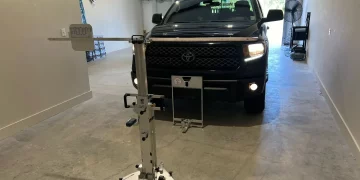
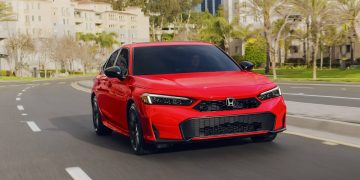

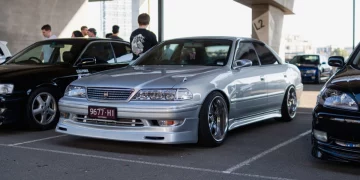

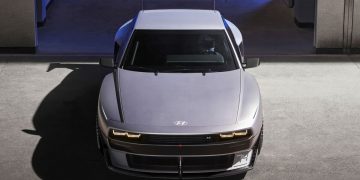

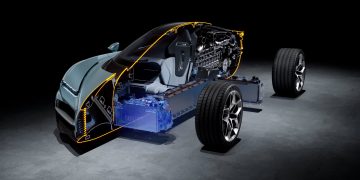





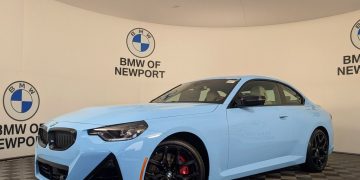
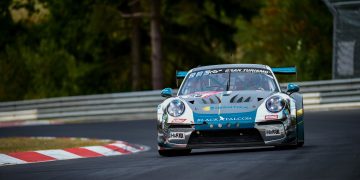





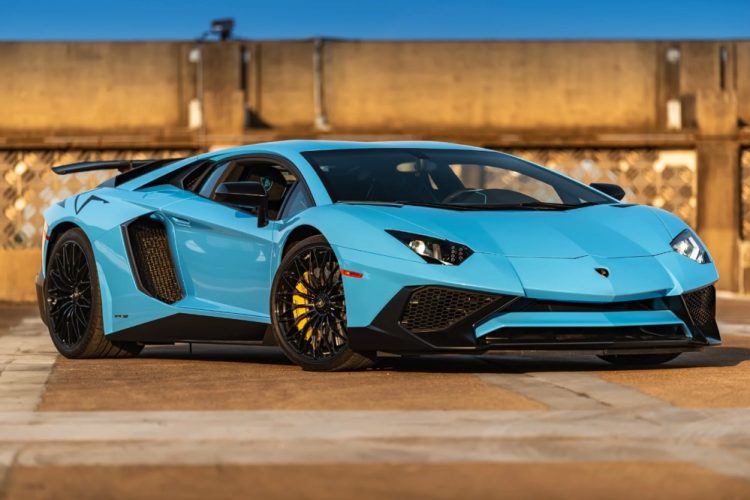












Discussion about this post